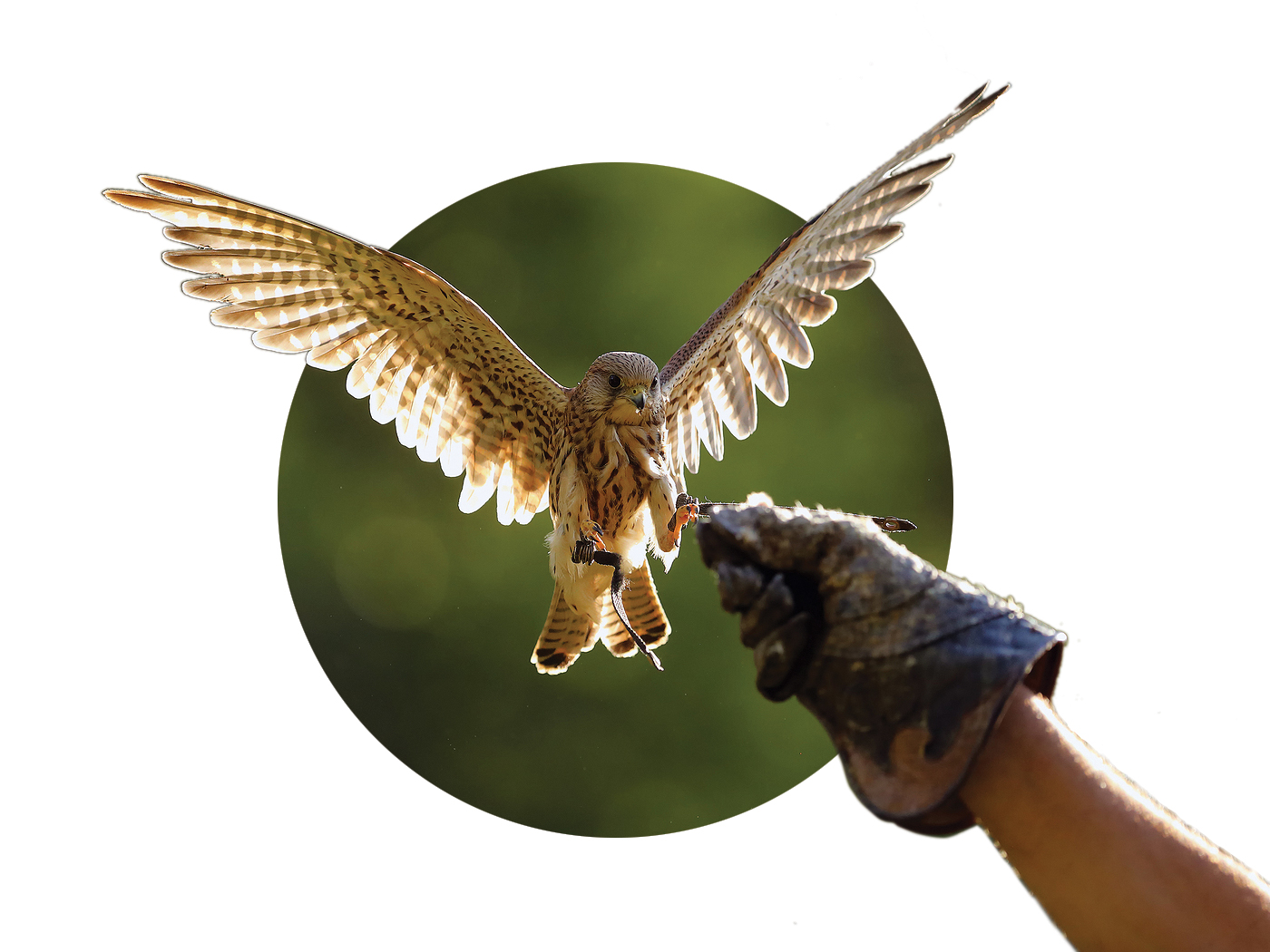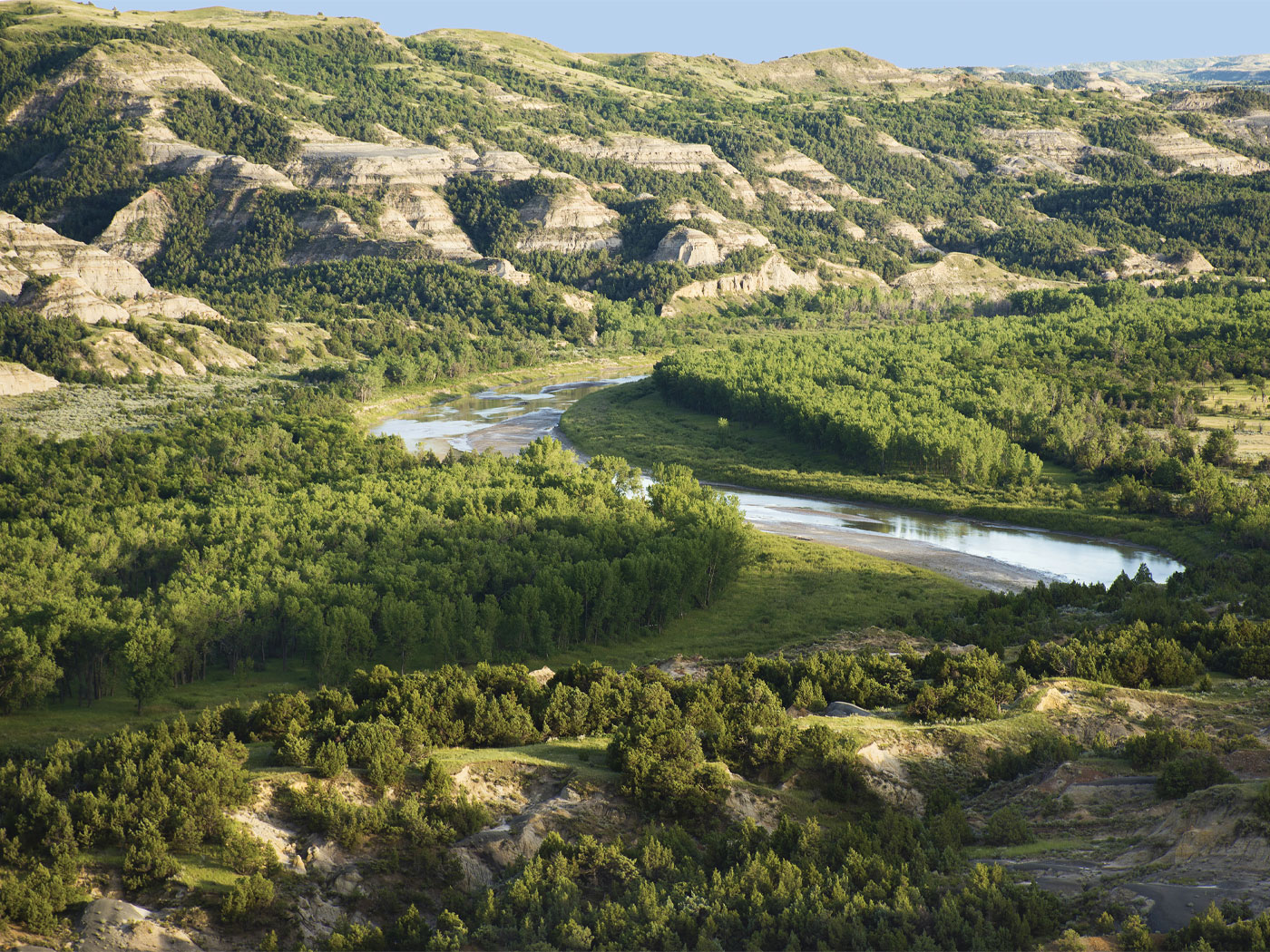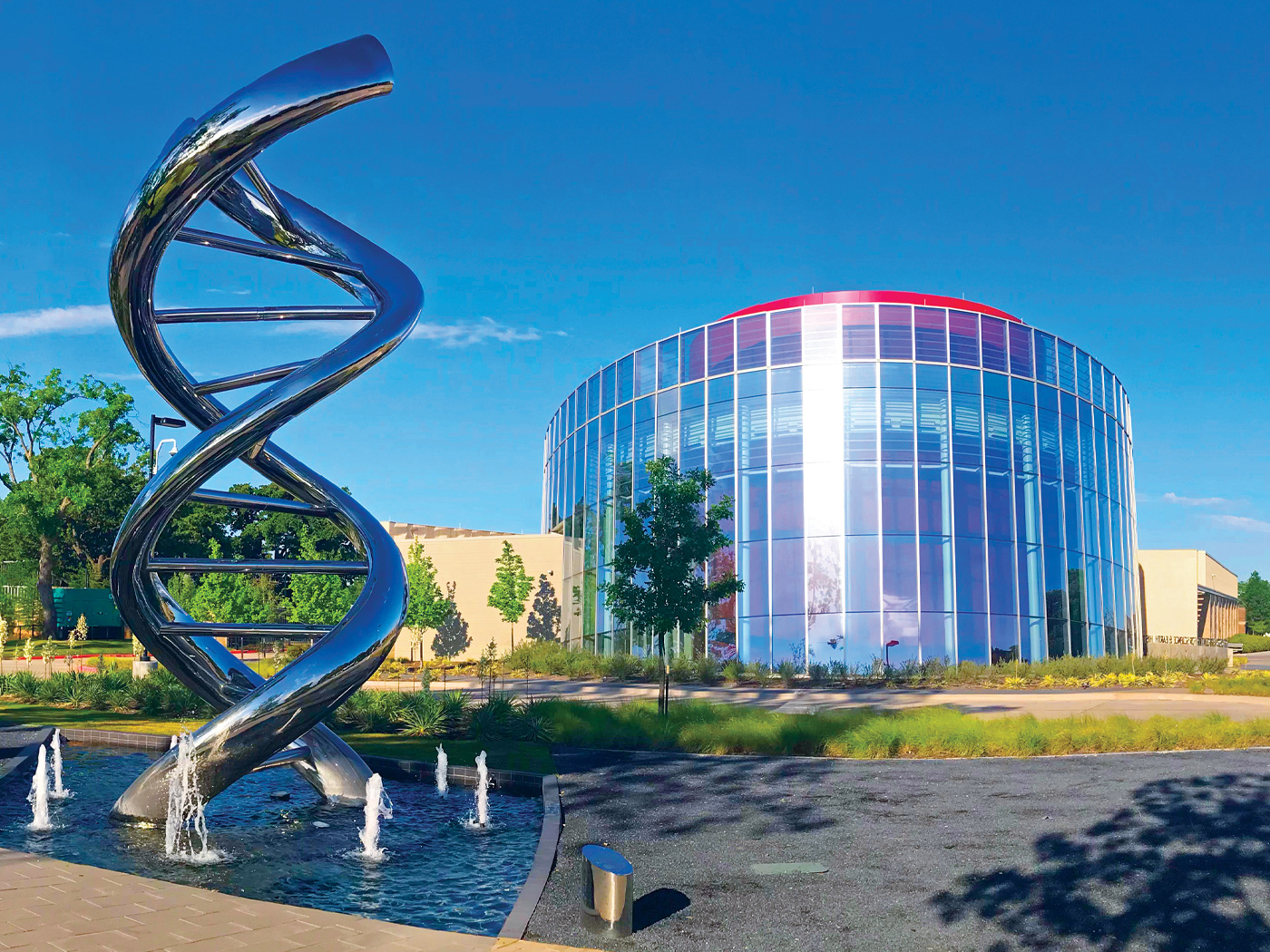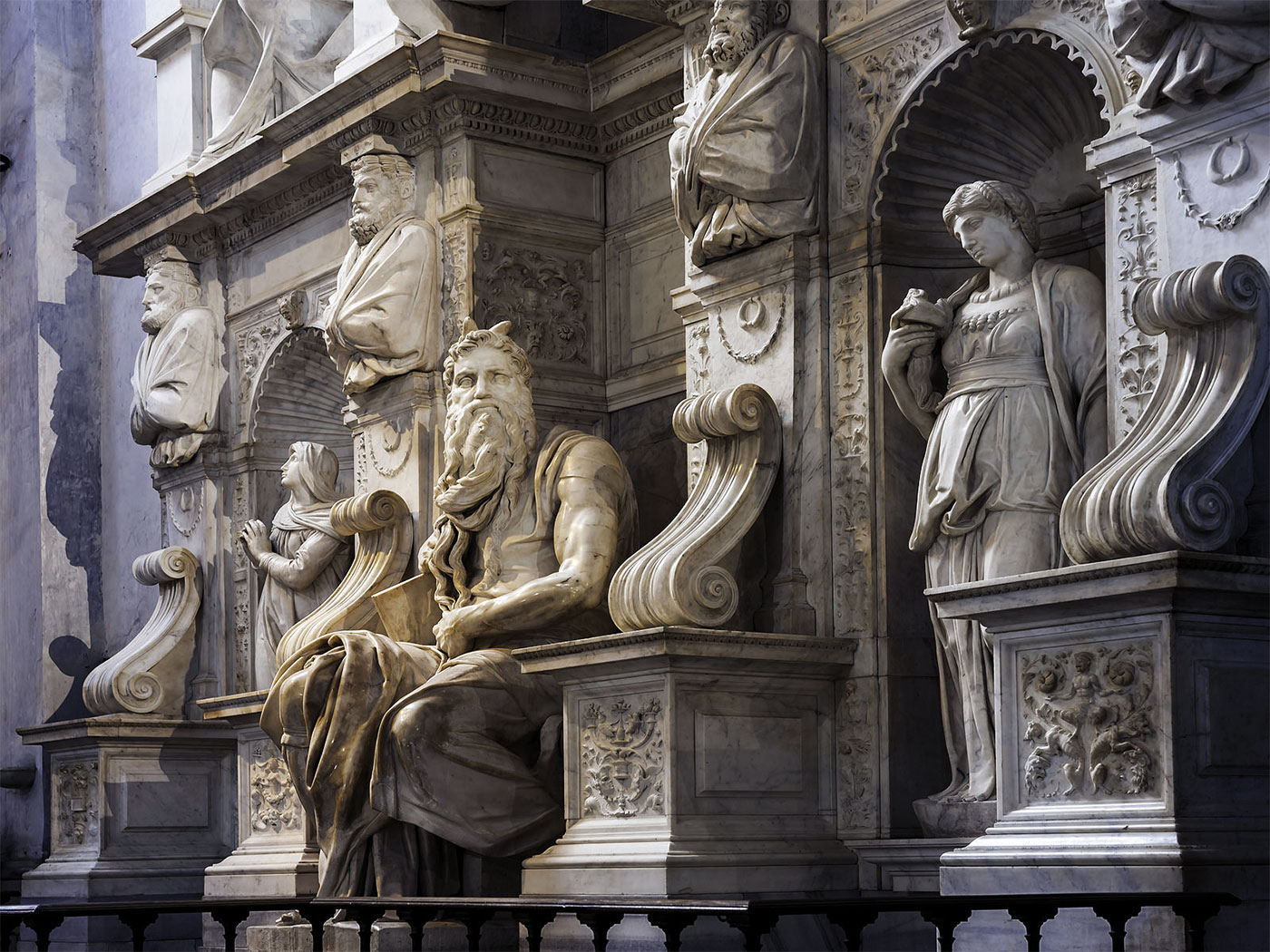Let’s say you recorded a library of books onto DNA. Hundreds of books could fit on your fingertip, but how would you find the one book you wanted?
As it stands, digital data occupy hard drives stacked in stadium-sized exabyte data centers that cost a billion dollars to build and run. DNA appeals as a more stable and, someday, cheaper data storage vehicle, excepting one important hurdle: how to retrieve that needle in a DNA stack.
In an ingenious feat, researchers from MIT and NC State crafted a way to organize and retrieve DNA—the most information-dense data storage medium in the universe. And their feat leads us to ask how countless plant and animal cells silently and effortlessly retrieve just the right information like these researchers did. It’s easier to appreciate technical solutions when one tries to reengineer them.
Publishing in Nature Materials,1 senior author and MIT biological engineer Mark Bathe led a team that encapsulated DNA data files “into a 6-micrometer particle of silica.”2 They then added DNA tags to identify each file, like barcodes on supermarket products.
Their proof-of-concept file retrieval system works differently—and much more crudely—than the complicated data call-up protocols that living cells use. Cell systems can put files in deep storage, pull out just the right files at the right time and in the right tissues during embryonic development or in response to important needs, extract files repeatedly and automatically, and position its most-often used DNA nearest the cell’s DNA-reading machines—just for starters.3
It’s like each cell uses a suite of miniaturized robot librarians who never cease their choreography. If it took ingenious engineering to make tiny-yet-simple silica particle organizers, what about the far superior engineering that went into cells?
Thoughts along these lines can change minds. For example, Marcos Eberlin, who added his name to 1,000 others who signed a Dissent from Darwinism, told the Discovery Institute, “As a biochemist I became skeptical about Darwinism when I was confronted with the extreme intricacy of the genetic code and its many most intelligent strategies to code, decode, and protect its information.”4
We can do more than merely doubt Darwinism in light of the extreme superiority of cellular as opposed to man-made DNA data retrieval systems. The newfound clarity offers a fresh reason to credit and praise the Lord Jesus Christ, who is “upholding all things by the word of His power” (Hebrews 1:3).
References
1. Banal, J.L., et al. 2021. Random access DNA memory using Boolean search in an archival file storage system. Nature Materials.
2. Trafton, A. Could all your digital photos be stored as DNA? MIT News. Posted on news.mit.edu June 10, 2021, accessed June 10, 2021.
3. Thomas, B. 2010. Cell systems—what’s under the hood continues to drop jaws. Journal of Creation. 24(2): 13-15.
4. Skepticism About Darwinian Evolution Grows as 1,000+ Scientists Share Their Doubts. Evolution News. Posted on evolutionnews.org February 4, 2019, accessed July 14, 2021.
*Dr. Brian Thomas is a Research Associate at the Institute for Creation Research and earned his Ph.D. in paleobiochemistry from the University of Liverpool.

Latest DNA Tech Still Light-Years Behind
The Latest
A Fresh Start
"That ye put off concerning the former conversation the old man, which is corrupt according to the deceitful lusts; And be renewed in the spirit...
January 2025 ICR Wallpaper
"For behold, I create new heavens and a new earth; And the former shall not be remembered or come to mind." (Isaiah 65:17 NKJV)
ICR...
All Things New
"And he that sat upon the throne said, Behold, I make all things new. And he said unto me, Write: for these words are true and faithful."...
Creation Kids: Neptune
by Renée Dusseau and Susan Windsor*
You're never too young to be a creation scientist and explore our Creator's world. Kids, discover...
Theodore Roosevelt National Park: Testimony to the Receding Flood
by Tim Clarey, Ph.D., and Mike Mueller, M.S.*
Nestled next to Medora, North Dakota, and 45 miles east of Glendive, Montana, Theodore Roosevelt National...
A Great Year of Development! 2024 Year in Review
The Institute for Creation Research had another outstanding year advancing creation science in 2024! We’ll use this opening issue of Acts &...
APOLOGETICS
Mice That Prey on Scorpions and Tarantulas
Don’t underestimate the ferocity of a humble-looking little mouse—especially if it lives inside Grand Canyon.
Although various mice...
The Courage of Conviction
Several years ago, a young pastor assumed leadership of his father’s church. The church was located in a large city with an increasing population...
Gene Complexity Showcases Engineered Versatility
In the early days of molecular genetics in the 1960s and ’70s, researchers widely held that a gene could be defined as a single, discrete entity...
Joy to the World
Then the angel said to them, ‘Do not be afraid, for behold, I bring you good tidings of great joy which will be to all people.’” (Luke...





















